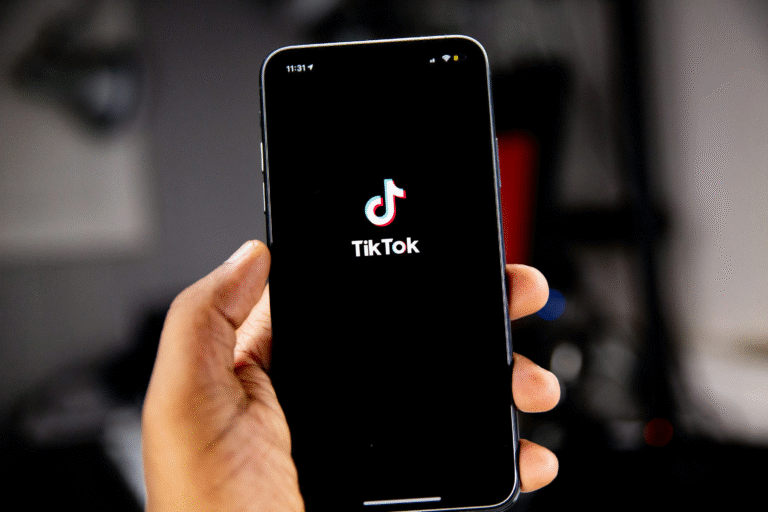
In our digital age, the rise of deepfake technology poses a significant threat to personal and online security. Deepfakes are manipulated audio or video recordings that use artificial intelligence to create convincing falsified content, often indistinguishable from real footage. Scammers and cybercriminals misuse this technology for various malicious purposes, including fraud, misinformation, and identity theft. To safeguard yourself from deepfake scams, follow these essential guidelines:
1. Be Skeptical:
- Question Unverified Content: Exercise skepticism when encountering unexpected or sensational content, especially from unknown sources. Verify the authenticity of media before believing or sharing it.
2. Strengthen Your Online Presence:
- Privacy Settings: Review and adjust privacy settings on social media platforms. Limit the amount of personal information visible to the public to reduce the materials scammers can use.
- Password Security: Use strong, unique passwords for all your accounts. Consider using a reputable password manager to generate and store complex passwords securely.
3. Educate Yourself:
- Awareness Programs: Stay informed about the latest deepfake technologies and scams. Attend workshops or online courses to learn about identifying manipulated content.
- Regular Updates: Keep your software, antivirus, and anti-malware programs up to date. Regular updates often include security patches that protect against new threats.
4. Verify Sources:
- Cross-Check Information: Verify news and media from multiple reliable sources. Independent verification can help confirm the authenticity of the content.
- Contact Directly: If you receive suspicious messages or media from someone you know, verify the sender’s identity through a different communication channel, such as a phone call or in-person conversation.
5. Be Cautious with Personal Data:
- Avoid Oversharing: Be mindful of the information you share online, including personal photos, location, and sensitive details. The less information available, the harder it is for scammers to create convincing deepfakes.
- Two-Factor Authentication (2FA): Enable 2FA wherever possible, especially for critical accounts like email and financial platforms. 2FA adds an extra layer of security by requiring a second form of verification.
6. Use Trusted Sources:
- Download from Official Sources: When downloading apps or software, use official app stores and legitimate websites. Avoid third-party platforms, as they might host malicious content.
- Email Caution: Be cautious with email attachments and links. Avoid clicking on suspicious links or downloading attachments from unknown senders.
7. Report Suspicious Content:
- Social Media Platforms: Report suspicious or manipulated content to the respective social media platforms. They often have mechanisms to handle misinformation and deepfake-related issues.
- Law Enforcement: If you become a victim of a deepfake scam, report the incident to your local law enforcement agency. They can provide guidance on legal recourse.
Frequently Asked Questions (FAQs)
Q1: Can deepfakes be detected? Answer: Yes, various tools and software are designed to detect deepfake content. However, as the technology advances, so do the methods of detection. It’s essential to rely on reputable and updated tools for accurate results.
Q2: Are there specific signs that indicate a video might be a deepfake? Answer: While deepfakes can be incredibly convincing, some signs might indicate manipulation, such as unnatural facial movements, inconsistent lighting and shadows, or audio-video mismatches. However, scammers continuously improve their techniques, making detection more challenging.
Q3: Can deepfakes be removed from the internet once they’re posted? Answer: Removing deepfakes from the internet can be challenging, but it’s not impossible. Victims or concerned individuals can report manipulated content to platforms hosting the material. While removal is not guaranteed, prompt reporting increases the chances of action being taken.











